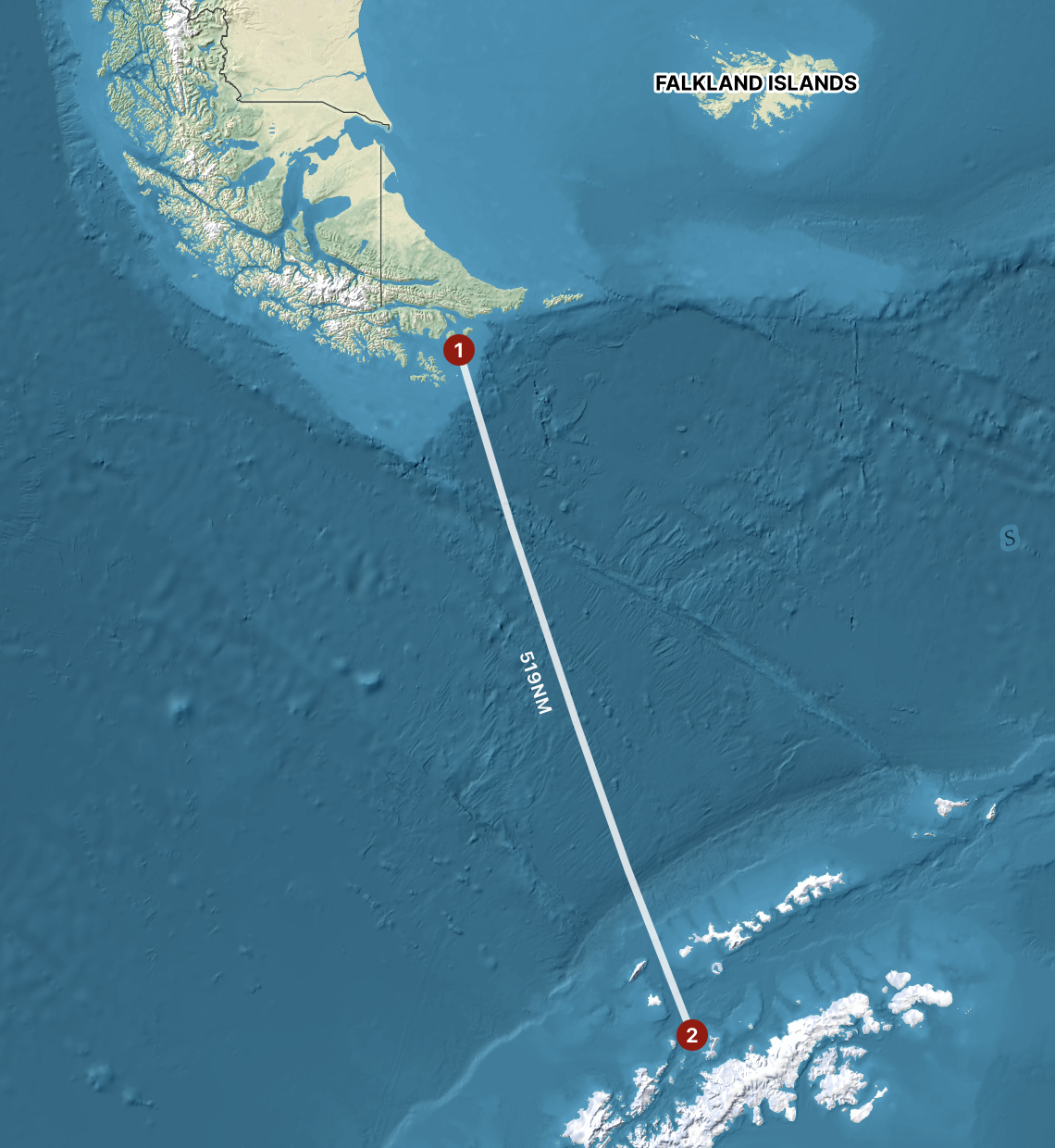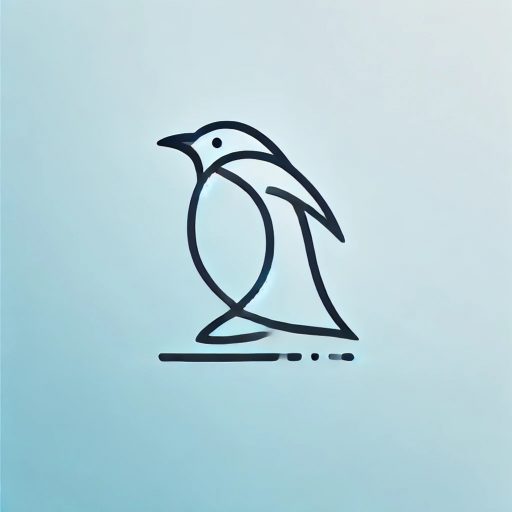Cold Water Regulator Configuration for Antarctic Diving
When diving in Antarctica, equipment reliability is critical. Water temperatures hover near freezing, and regulators are exposed to conditions that can cause icing and free-flows. A robust cold water regulator configuration is therefore essential for safety. For Antarctic expeditions, this means using two independent, environmentally sealed regulators arranged for redundancy and efficiency.
Regulator Servicing Before the Trip
All regulators used in Antarctic diving must be serviced within six months of the expedition. Cold water increases the chance of malfunction, so equipment must be in perfect condition.
Divers should be able to provide proof of servicing. A receipt from a qualified service centre or a visible service tag attached to the regulator is acceptable. Operators may refuse participation if recent servicing cannot be demonstrated. Documented maintenance ensures that regulators are fit for the demands of polar diving.

Why Two Regulators Are Required
Cold-water diving carries a high risk of regulator freezing. As compressed gas expands, temperatures drop sharply and ice can form inside the mechanism. In severe cases, the regulator free-flows and wastes gas rapidly.
The solution is redundancy. Divers in Antarctica should always dive with two independent regulators. If one fails, the other provides a safe alternate air source.
On most Antarctic expedition vessels, cylinders are fitted with H-valves. An H-valve provides two independent outlets on a single cylinder, each feeding its own first stage. This design does not prevent a free-flow, but it allows you to shut down the post feeding the free-flowing regulator while continuing to breathe from the other.
Recommended Cold Water Regulator Configuration
The accepted cold water regulator configuration for Antarctic diving uses two independent, environmentally sealed regulators. Both must be fitted with DIN connections, not yoke. DIN fittings screw directly into the cylinder valve, creating a stronger, more secure seal. Yoke fittings are more vulnerable to O-ring extrusion in cold conditions and at higher pressures, making them unsuitable for polar diving.
Regulator 1- Primary
-
Environmentally sealed 1st stage with DIN fitting
-
Primary 2nd stage (often on a long hose)
-
BC inflator hose
Regulator 2- Secondary
-
Environmentally sealed 1st stage with DIN fitting
-
2nd stage alternate (on a shorter hose)
-
Drysuit inflator hose (for BCD)
-
SPG (submersible pressure gauge) or transmitter
This setup ensures full redundancy. The primary regulator delivers breathing gas and powers the BC inflator. The backup regulator provides an alternate air source, drysuit inflation, and gas monitoring. With an H-valve cylinder, each regulator is supplied independently, allowing one post to be shut down in the event of a free-flow.
Features of Cold-Water Regulators
-
Environmental sealing: Prevents water entry into the first stage, reducing the risk of freezing.
-
Cold-water kits: Some regulators include antifreeze systems or heat exchangers.
-
Hose routing: Hoses must be accessible and arranged for quick regulator switches.
-
Isolation: H-valves make it possible to shut down a free-flowing regulator while preserving access to the second first stage.
Gear Preparation and Pre-Dive Checks
Before the Dive
-
Open the cylinder valve, pressurise your regulators, and test BCD inflation before leaving the ship.
-
Add a small amount of air to the BCD to prepare for entry.
-
Do not perform a full buddy check involving both divers breathing simultaneously from regulators and inflating BCDs — this increases freezing risk. You and your buddy should cofirm before leaving the ship that air is on and everything is working. On the zodiac before jumping in, you can do equipment familiarity and check everything looks good, without testing regulators and BCs.
Entering the Water
-
Place the regulator in your mouth just before descent and only begin breathing from the reg as you submerge. You can easily breathe outside air with the regulator in your mouth on the surface- smile or grimace to open your mouth, you want to ensure you have a gap between your lips and the mouthpiece. It sounds strange but it’s easy to do in practise.
-
Avoid long bursts of inflation; use short, controlled additions of air.
-
Do not breathe heavily while inflating the BCD or drysuit at the same time, as this raises the risk of freezing.
- Don’t overexert on the dive. Being out of breathe will increase the demand for air, which will increase airflow in the regulator.
After Diving
Avoid rinsing regulators daily during Antarctic trips. Residual freshwater moisture can freeze and cause problems on the next dive. It’s best to leave it in saltwater as it has a lower freezing point. If rinsing is necessary, drain second stages thoroughly, then leave regulators in a warm, dry location on the ship overnight.
Managing Gas Underwater
Effective gas management reduces stress and equipment strain. Monitor your SPG frequently and keep a generous reserve. Use slow, steady breathing to reduce regulator workload. Inflate the drysuit or BCD gradually. Remember that a free-flow can empty a cylinder in minutes, so conservatism is essential when diving in Antarctica.
Responding to a Free-Flow
Even with proper preparation, free-flows remain possible. If a regulator free-flows during a dive:
- Switch to your alternate second stage immediately.
- Signal your buddy- communicate the problem and that you intend to end the dive.
- Shut down the affected post on the H-valve to stop the gas loss. Disconnect a free-flowing LP inflator hose if needed. Only turn off the valve if you are certain you know which one it is. In practise, it’s often easier to get your buddy to close the valve on the free-flowing regulator, especially when thick gloves make valve manipulation difficult- pre-dive buddy equipment familiarity is essential in this regard, so they know which regulator is on which valve.
- Stabilise buoyancy with the working system.
- Your buddy should be prepared and ready to share air in the unlikely event that your air runs out.
- Ascend in a controlled manner and abort the dive. Do not do a safety stop. Do not reopen the shut-down post at depth.
- On the surface, be prepared to orally inflate your BC. You shouldn’t have been deeper than 20m (65ft), so you should not run out of air underwater. But be prepared.
Regular practice of shutdown procedures and buddy drills is essential for safe Antarctic diving.
Summary
A correct cold water regulator configuration for Antarctic diving requires:
-
Two environmentally sealed regulators, serviced within six months.
-
DIN first stages mounted on H-valve cylinders.
-
Primary regulator with breathing second stage and drysuit hose.
-
Backup regulator with alternate second stage, BCD inflator, and SPG.
By servicing equipment in advance, preparing gear carefully, managing gas conservatively, and rehearsing free-flow response with a buddy, divers can minimise risks and dive safely in Antarctic waters.
Back To Top
